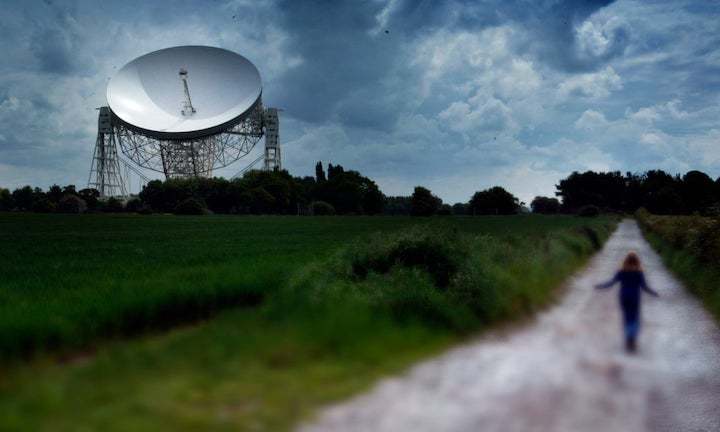So you’ve received a message from an extraterrestrial intelligence. Congratulations! You are now at the centre of one of the most important events in human history. But now comes the hard part: what do you say in return – and, more importantly, how do you say it?
For the past 200 years, the problem of interstellar communication with an extraterrestrial intelligence has vexed some of the world’s greatest scientists and mathematicians. Carl Friedrich Gauss, the mathematician and inventor of the heliotrope, suggested using a large array of mirrors; Guglielmo Marconi and Nikola Tesla, pioneers of wireless communication, found a solution in radio waves; and John McCarthy and Marvin Minsky, the progenitors of artificial intelligence, wanted to send computers into space as our extraterrestrial envoys.
Any solution to the problem of interstellar communication comes laden with assumptions about the nature of extraterrestrial intelligence and inevitably reflects the technological sophistication of the era.
The problem, briefly stated, is how to design a message that can be understood by an extraterrestrial intelligence about which you can know nothing with absolute certainty.
This turns the design of interstellar messages into an exercise in identifying universals that can be presumed to be recognised by any entity endowed with higher intelligence. It is, in other words, the search for what may be called a language of the universe.
As Galileo recognised in The Assayer, his foundational treatise on the scientific method, “this grand book, the universe, stands continually open to our gaze. It is written in the language of mathematics, and its characters are triangles, circles, and other geometric figures without which it is humanly impossible to understand a single word of it.”
Following Galileo’s lead, most systems designed for interstellar communication have been rooted in mathematics on the grounds that it would be understood by any intelligent extraterrestrials. But how does one discuss maths with an extraterrestrial?
By the mid-19th century, scientists and mathematicians in Europe began to seriously consider methods for communicating with extraterrestrials that they believed might inhabit the moon and Mars. The first such system is attributed to Gauss, who developed a scheme “to get in touch with our neighbours on the moon” that involved creating a massive visual proof of the Pythagorean theorem in the Siberian tundra.
This visual proof was to consist of a right triangle bordered on each side by squares and would be created by planting rows of trees for the borders and filling the interior of the space with wheat.
Gauss’s proposal appears to have influenced the Austrian astronomer Joseph Johann von Littrow, who later advanced his own plan for establishing contact with our lunar neighbours. His design involved digging trenches in the Sahara in various geometric shapes, filling the trenches with water, topping them with kerosene, and then setting them alight to send flaming messages to the moon.
For better or worse, neither of these outlandish schemes for extraterrestrial communication came to fruition. But another of Gauss’s proposals did exert a lasting influence on early European ideas for contacting extraterrestrials in our solar system.
As the inventor of the heliotrope, a device that reflected light to send messages over long distances, Gauss envisioned an array of large mirrors that could be used to flash messages through interplanetary space.
This idea was picked up by the eccentric poet and inventor Charles Cros, who petitioned the French government for funding to build a giant mirror that would use focused sunlight to burn messages into the surface of Mars. Alas, Cros’s request for funding was never granted.
It wasn’t until the advent of wireless communication around the turn of the century that plans for communicating with extraterrestrial intelligence began to take on a more practical form.
Early experiments in long-distance wireless transmission by Marconi and Tesla – both of whom were acutely aware of the implications of their inventions for interplanetary communication – proved that radio communication was a viable method for communicating with intelligent beings on other planets.
But by the first decades of the 20th century, there was growing evidence that humans were the only intelligent life in our solar system. So we finally had a way to call ET, but there would be no one on the other end to pick up the phone.


